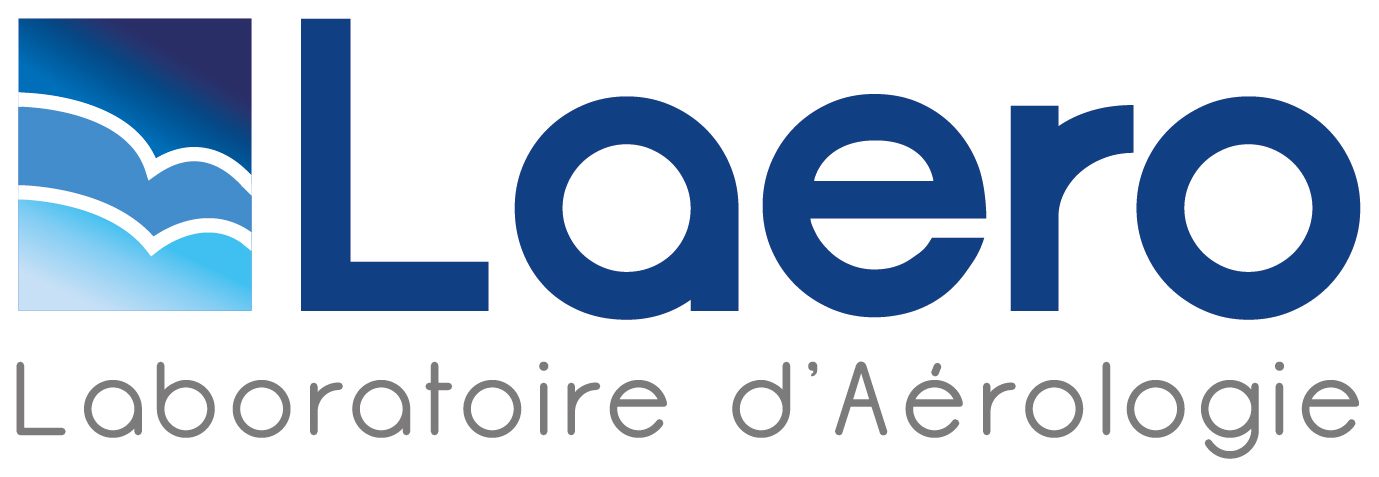General information
Modelling nitrogen fluxes at the surface-atmosphere interface in a coupled regional climate-chemistry model. Application to the study of the west African nitrogen cycle variability and related impacts.
Duration : 18 months
Location : Laboratoire d’Aérologie, 14 avenue Edouard Belin, 31400 Toulouse, France
Academic level: PhD in environmental sciences (atmospheric sciences, biogeochemistry)
Demanded skills: Prior experience in continental surface and biogeochemical (carbon nitrogen) cycle
modelling (an experience with CLM4/5 would be appreciated). Familiarity with code development,
HPC environment and model output post-processing and analysis; Fluency in English or/and French.
Salary: 2600 – 3000€ /month before taxes (approx. 2000 – 2500€ net) depending on experience
Beginning: As soon as possible
Full-time job
Context
The selected candidate will work in the context of the ANR project NitroAfrica (2023-2026), under
the supervision of the coordination team (Fabien Solmon, Claire Delon, PI of the project, Dominique
Serça and Corinne Galy-Lacaux). The overall objective of NitroAfrica is to study the relationships and
retroactions between atmospheric N deposition, N cycling in the soil-vegetation system, emissions of
reactive N by the continental surface, atmospheric chemistry and regional climate. We posit that the
changes of wet N deposition that characterize West African agricultural and natural ecosystems over
the 21th centuries will induce important changes in biogenic emissions from the ecosystems to the
atmosphere with implications for regional atmospheric chemistry and climate over West Africa. We
will analyse these feedbacks considering current and projected N depositions in West Africa based on
land use change, fertilisation and anthropogenic emission increase.
Foreseen Organization of the work
I- 1D modelling of soil N cycling processes, N compounds and CO2 emissions : Local scale modelling will be performed using the Community Land Model Version 5 (CLM5, Lawrence et al., 2019) in stand-alone mode for all the experimental study plots of NitroAfrica (where measurements will be available for model validation). The objectives are (i) to assess the suitability of CLM5 for capturing relevant soil-vegetation N-C processes leading to gas emissions (mineralization, nitrification, denitrification, N2-fixation, respiration); (ii) to improve/upgrade the existing CLM5 parameterizations (e.g. NH4+ / NO3- speciation in deposition flux and related soil processes), and (iii) to perform 1D sensitivity experiments in order to characterize the model emission response to changes in factors depending on land use type, moisture, and external N inputs.
II- Upscaling of surface atmosphere nitrogen fluxes and impacts at the regional scale. Quantifying
and analysing N fluxes and cycle at the regional scale: This task aims at the upscaling of plot/ecosystem scale processes to regional and multi-annual scale, by backporting stand-alone CLM5 modifications emerging from activity 1 into the broader RegCM5-CLM5 coupled framework (currently being developed). These specific developments will then regional climate simulations for developping regional nitrogen budget analysis (variability, key drivers, perturbations). Time permitting, the evaluation of these developments on the regional atmospheric chemistry forcing will be also studied.
